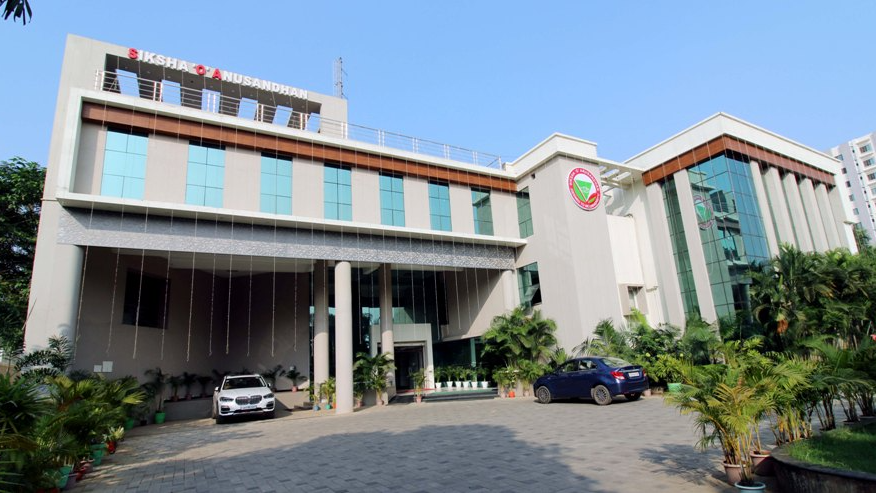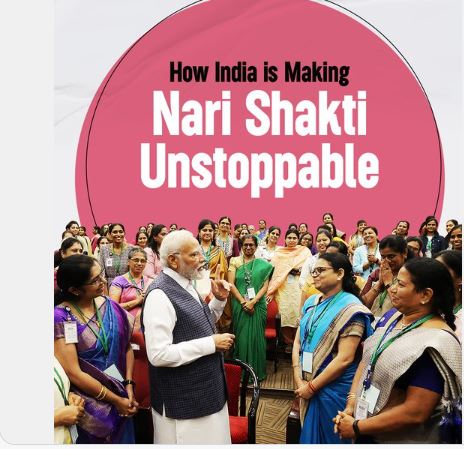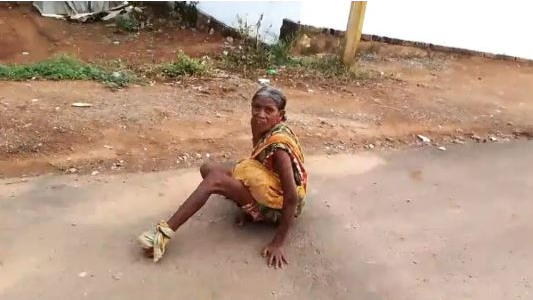Is hard-faced terrorism making a return in J&K?
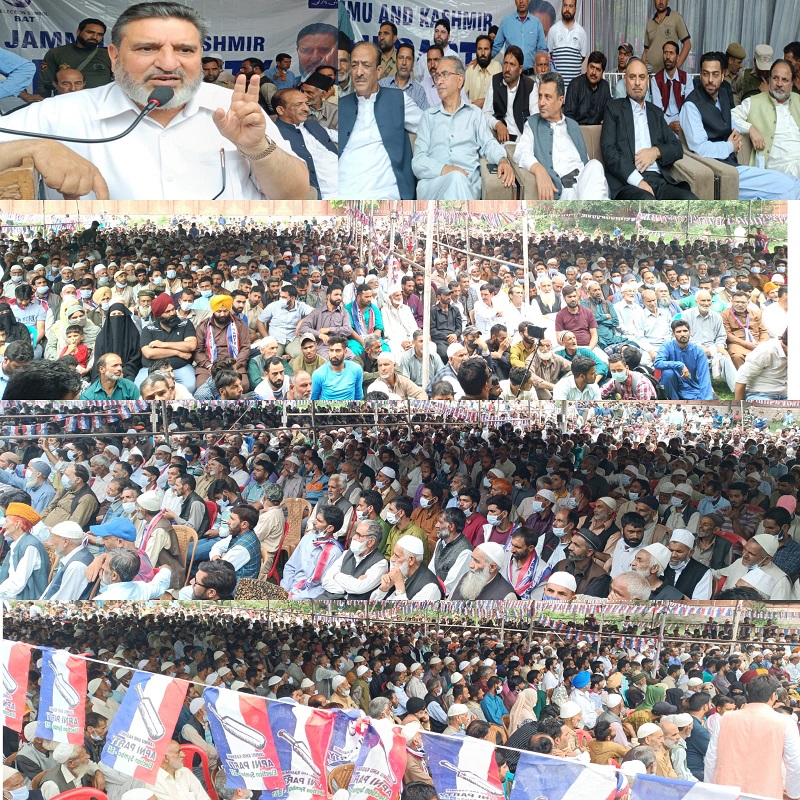
Arun Joshi The terror attack at army camp in border district of Rajouri on Thursday in which four soldiers were killed is a highly disturbing signal of hard-faced militancy in Jammu and Kashmir . The attack was mounted by two terrorist who also got neutralized in the gunfight that followed . This is a serious U-turn which requires a fresh study of the factors pushing terrorism to this scale . It would be a mistake to assess and dismiss this is an isolated incident . Next day- Friday , two more attacks were mounted in the Valley – one Bihari labourer was shot dead in Bandipore in north Kashmir , and a policeman shot at and critically wounded in south Kashmir’s Bijbehra town . These acts of terror reestablish the fact that terrorism is thriving . Terrorism is not new to Jammu and Kashmir , it has manifested in various dimensions, especially in the past 32 years . Its motivational discourse , too , has been changing with the times . Now it is based on new motivations to mount such attacks which even in terms of statistics show loss of four soldiers against two terrorists . This is an unacceptable ratio; as standard ratio is of 1:4, which means at least four terrorists should die against one soldier ‘s sacrifices . The suicide , and “ fidayeen” attacks have upturned this ratio since 1999 , when this cult surfaced in J&K . Two or three terrorists killed three to four times more of soldiers . Here the difference between a suicide attack and the fidayeen needs to be made and understood. A suicide attack is when one or two terrorists blow themselves up and kill as many people around them in the crowd or the targeted area. The most atrocious attack was in Pulwama on February 14, 2019 , when Suicide bomber Adil Dar rammed explosive laden van into CRPF convoy killing 40 personnel . This was a high impact suicide bombing . The fidayeen attack is , when the terrorist sneak or storm into security forces’ camps , killing and wounding soldiers and troopers but not making an attempt to come out of the camp . They die within the camp underlining their wish to die . While the suicide gives sudden one -time shock , the fidayeens prolong the situation , thus grabbing headlines . In such situations , casualties are seen as less of an issue because of the larger goal that has been achieved – the terrorists could not run over the army camp . Their attempt to do so was foiled by the soldiers who laid down their lives to protect the camp and their colleagues . The casualty figures could have been higher. This also should serve as a lesson to all the observers of terrorism and counterterrorism operations that statics do not necessarily measure the real story of these situations . The Rajouri attack is significant as it raises two questions : whether it was an incident of its kind , or it is a signal of pattern that Jammu and Kashmir might be witnessing in future . The army camp in Pargal area was situation on a hillock and as is customary nowadays fenced with barbed wire . In a typical “ fidayeen” attack style, the terrorists made an attempt to sneak into the camp and the encounter that followed left four soldiers dead , two terrorists were neutralized . The timing of the attack was typical fidayeen- in the small hours when the soldiers are bleary eyed and it takes time for them to respond . The time between the attack and the response is when the terrorists cause damage . This attack has not undone all the gains that the security forces have made over the years , especially the way success has been achieved in neutralizing terrorists, cutting the flow of their funds and strike at the ecosystem in which they thrived . The gains are there . But there are questions too. If the claims of the militancy having been wiped out from most parts of Jammu and Kashmir is true, from where did the terrorists come and how ? Secondly . the army camp is not a soft target, nor did the terrorists throw grenades, fire at the soldiers and flee . They engaged in the gunfight. It clearly shows that the terrorists were on suicidal mission. They attacked despite knowing consequences of their actions – the death upon themselves. Either the terrorists came from across the Line of Control that divides Jammu and Kashmir between India and Pakistan or they could have been locals. In both the situations In real-time translation , it means that an ecosystem is working in favour of the terrorists . All across J&K , there are many such army camps , nestled in thick-forested mountains , where nature acts as shield and adversary too. The nature gives advantage to discern the rustle of grass and leaves , but the thick foliage also gives time and space to terrorists to move at the pace they wish , and attack when they get the opportunity . This is not a new thing, but this phenomenon has come back after years in the land where acts of terror in urban areas make better news than in the mountainous hinterland . A single killing in urban areas gives terrorists the publicity they aspire , while in rural areas , most of their acts don’t get that kind of publicity . However, the point is that when soldiers are killed in their action , it accomplishes their other objectives that they are capable of striking at the hard targets . In the immediate aftermath of this attack , the army and other wings of the security forces- paramilitary forces- will have to undertake a strict security audit , and study all parameters of this attack , as also what more damage terrorists could have caused , and how the counter measures needed to be put in place . In J&K , the task of fighting terrorism to the security forces has shown its limitations in the past , and now those are more than visible . It is not for the first time that the claims have been made about the stabilization of the situation with security forces going in for all-out anti-terrorism operations , but the success slipped into pit holes because the political class hesitated from playing its role in consolidating the gains made by these operations . In any terror-hit situation , the fundamental requirement is to get the people on board, and that can happen only through their leaders in politics as they are the real narrators . Practically speaking , this is the first major terror attack in Jammu and Kashmir since February 14, 2019 ,Pulwama suicide bombing , in which 40 CRPF men were killed , and that stunned the nation . This underlines seriousness of the attack and its fallout. About the Author: Arun Joshi is a senior journalist based in J&K. He has worked with Hindustan Times, Times of India, Indian Express, and The Tribune. He has authored “ Eyewitness Kashmir: Teetering on Nuclear War” and three other books. DISCLAIMER This is the personal opinion of the author. The views expressed in this write-up have nothing to do with those of prameyanews.com.
Latest News
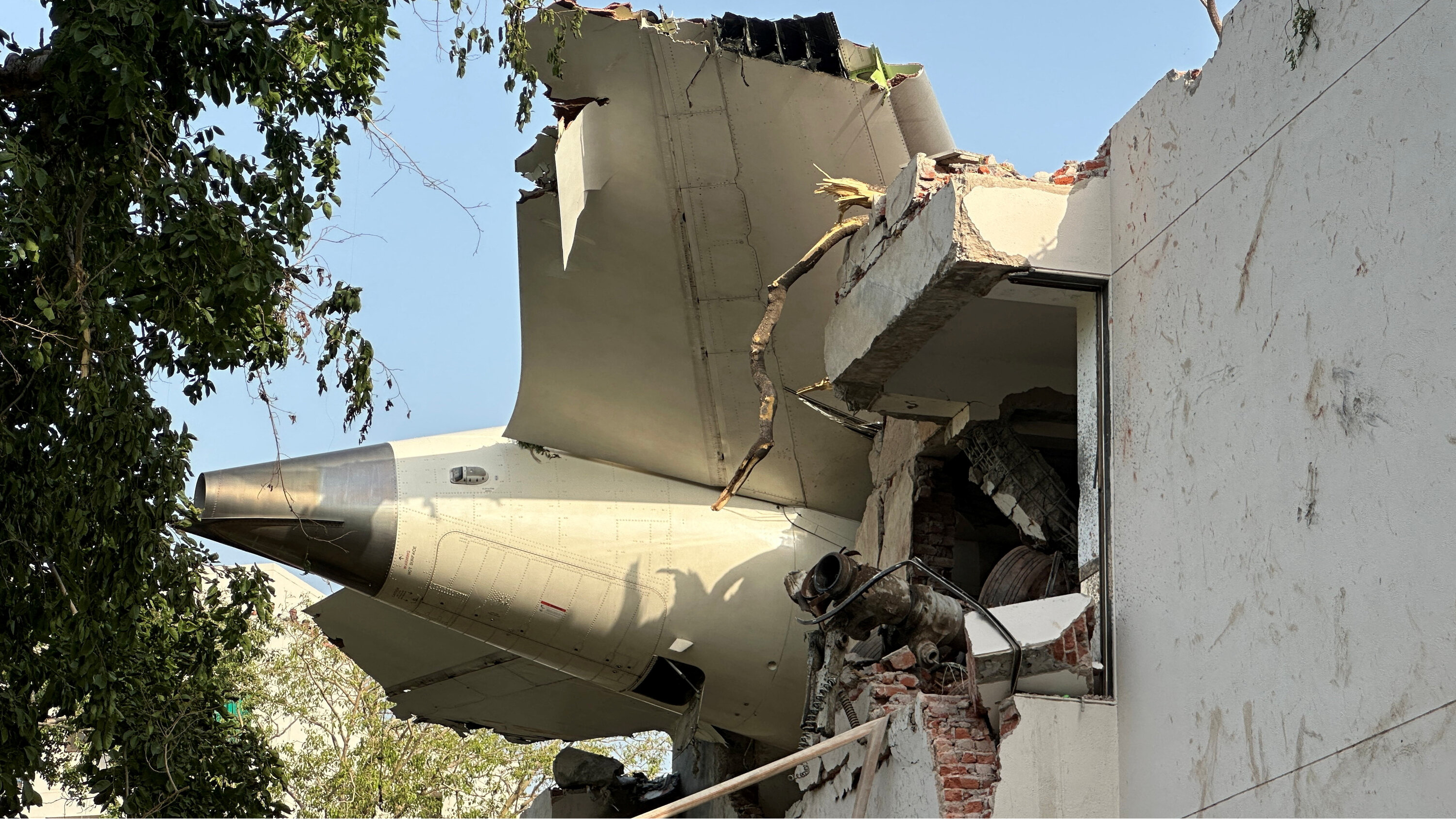
Air India Crash: 'Why Did You Cutoff?' Reveals...

KL Rahul Stands Firm with Unbeaten 53 as India...
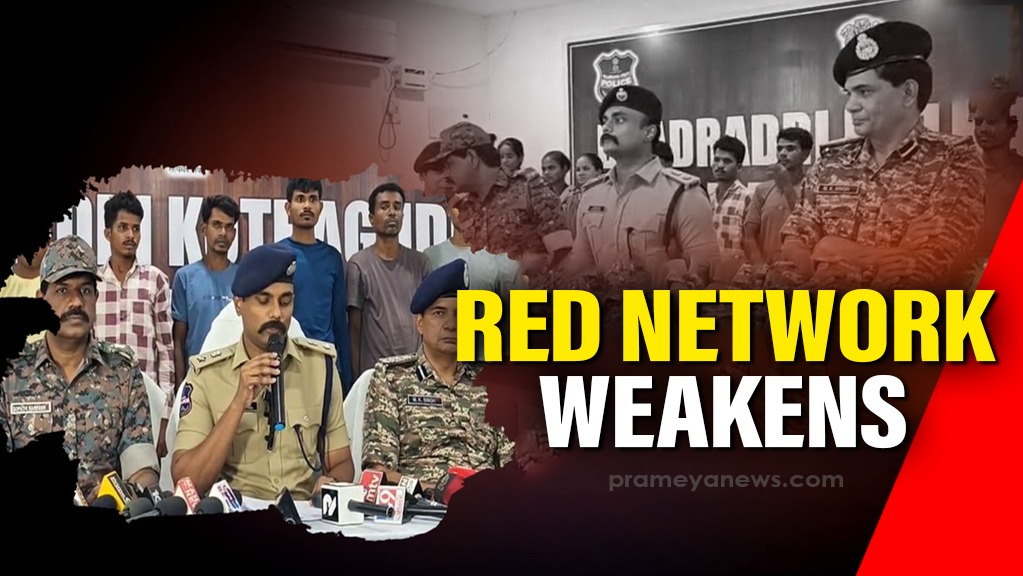
22 Maoist cadres surrender before security fo...
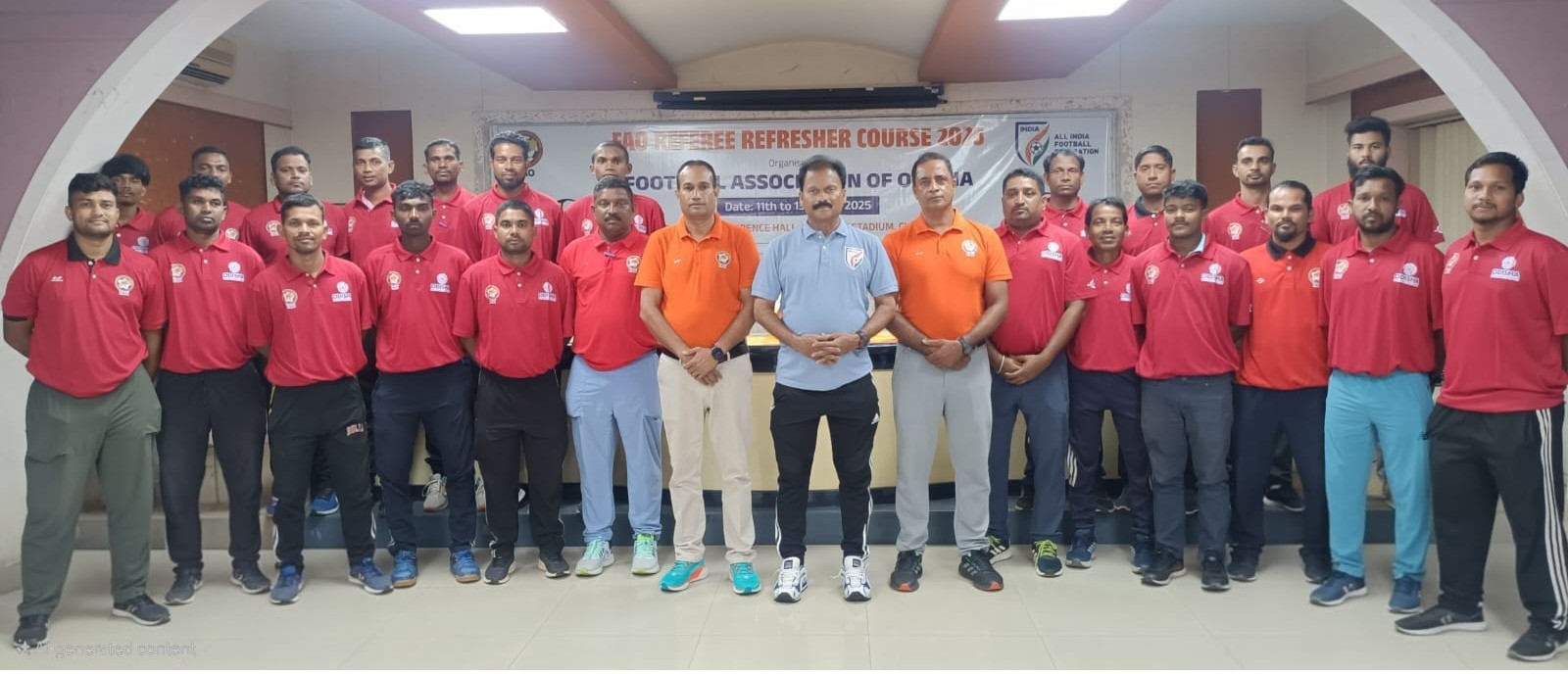
Football Referee Refresher Course held
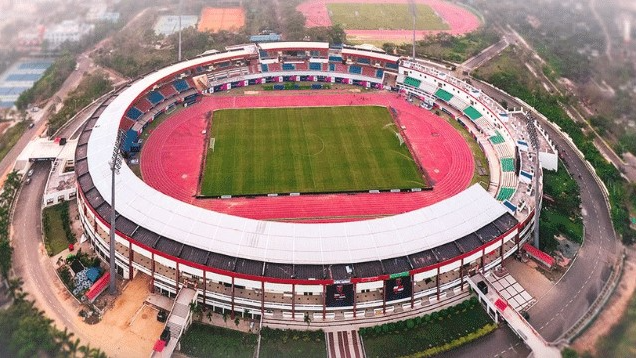
Kalinga Stadium re certification to be held fo...
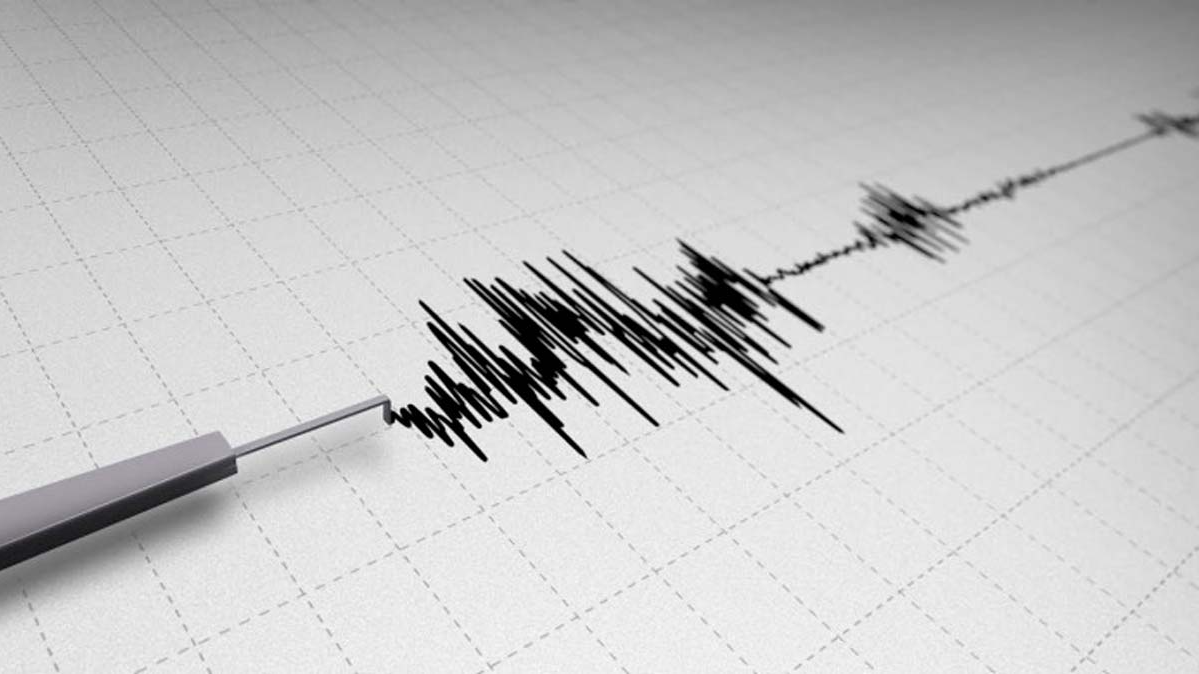
Second Quake in Two Days: 3.7 Magnitude Tremor...
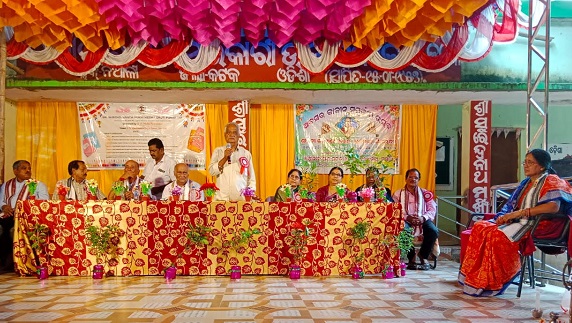
S N Mukhi Scholarship awarded to meritorious s...
Copyright © 2024 - Summa Real Media Private Limited. All Rights Reserved.









